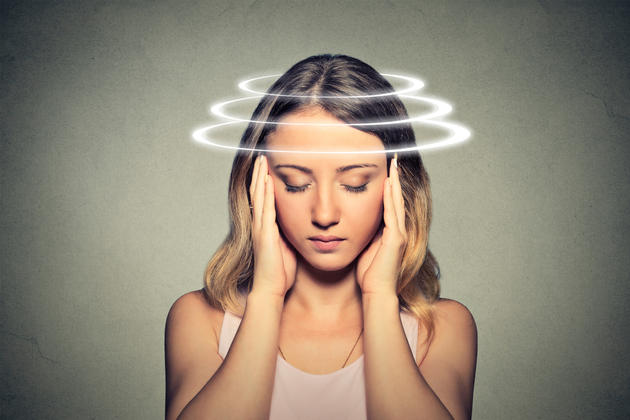Balance Laboratory
Tests performed in the Balance Laboratory are important in detecting and solving balance problems.

Tests performed in the Balance Laboratory are important in detecting and solving balance problems. As Anadolu Health Center, the following tests are performed for diagnosis and treatment purposes in the Balance Laboratory.
ENG registration
Problems caused by changing head movements can be revealed with ENG recording. One of the most needed tests for this purpose is the electronystagmography (ENG) test, in which video recording support is also provided and the results are analyzed in a computer environment. Here, valuable information about the vestibular system function is provided by the comparative analysis of eyeball movements that occur in response to a stimulus. While involuntary movements of the eyeballs are recorded, video recording of the eye movements can be made simultaneously.
VEMP
It is a test that facilitates the diagnosis of extremely complex balance problems. In this way, it is possible to evaluate the vestibular systems of the right and left sides separately through vestibular, that is, evoked muscle potentials (VEMP). Vestibular system; The name given to the balance organ in the ear. With this test, it can be revealed whether the vestibular system is working normally or how much it is impaired. If the system works normally, it becomes clear whether the balance problems are of vestibular origin. Because balance problems arising from the vestibular system have a very large place among general balance problems. This test can be applied to anyone with balance problems. It can be said that the VEMP test is a complement to the ENG recording, which investigates the vestibular system function.
Vorteq in TWO
Another powerful vestibular system stimulus is movement. Another test that will serve this purpose is the Vorteq (Dynamic visual activity research) test. By investigating visual acuity during changing head movements, information is obtained about how much the patient, who has an acute balance problem, partially recovered after treatment. This test is also used to see the effectiveness of the treatment while the patient’s treatment continues. Here, visual acuity during head movement up-down and left-right should be investigated. This test not only provides comparative analysis of the vestibular system. It also reveals the degree of vestibular balancing achieved in a vestibular rehabilitation program implemented after a vestibular problem. How much balance returns to normal after an acute vestibular problem can be revealed by the visual response to movement. Meniere’s disease has an important place among the problems related to the membranous labyrinth. Few vestibular analysis tests can provide detailed information about this specific problem. The electrocochleography test used for this purpose also contributes to the diagnosis of the disease.
As a result, today, with the diversification of vestibular test methods, accurate analysis of balance problems with complex effects can be made and differential diagnosis of diseases that give very similar findings can be provided.



